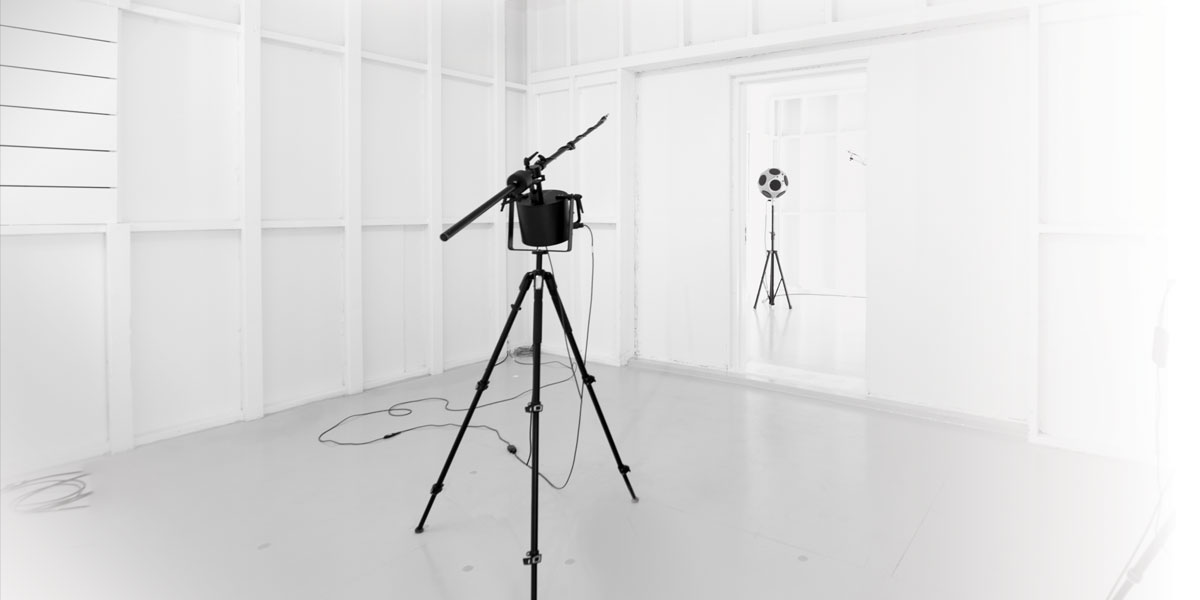About the lab
Resolute’s acoustic laboratory was purpose-built in 2006, designed and certified by a respected Australian Acoustic Engineering company, to meet the requirements of IS0 10140 – Laboratory measurement of sound insulation of building elements. We utilise the latest sound measuring technology from Brüel &Kjaer plus Norsonic, calibrating this equipment at N.A.T.A. recommended intervals, using a N.A.T.A. Accredited laboratory. We’ll design and deliver a test program to meet your specific requirements.
What is Acoustic Testing?
Acoustic testing measures the ability of a building product, system and/or assembly to reduce the transmission of airborne sound. Assemblies commonly tested include (but is not limited to):
- Doorsets (including frame, door/s & hardware)
- Door seals
- Wall & partition systems
- Window assemblies
- Glass
- Penetration & linear joint seals
Generally, these assembly types form separating compartments in building construction, such as walls and floors in apartments, hotel rooms, hospitals and schools.
The Measurement Process
Step one
The first step involves the measurement of the sound pressure levels in the Source room (commonly called L1) and the Receiving room (commonly called L2) simultaneously via a calibrated microphone attached to a rotating boom. The booms are set in motion and readings are continuously averaged and recorded throughout the sweep which last for a period of one minute. A “Pink Noise” is generated as the reference sound spectrum in the Source room. It is amplified and fed through to the source unit which is used to evenly radiate sound in a spherical distribution. The loudspeaker unit consists of twelve individual loudspeakers configured around a dodecahedron.
Step two
The second step involves the measurement of the background noise sound pressure levels (commonly called B2) in the Receiving room via a calibrated microphone for a period of ten seconds.
Step three
The third and last step involves the measurement of the reverberation times (commonly called T2) in the Receiving room. For this step, the omnidirectional source is moved into the Receiving room. The sound field is built up within the Receiving room and abruptly cut off. The decay of the sound levels within the room is then measured leading to the reverberation time. The build-up and decay readings are taken several times in accordance with:
- ISO 3382-2 Acoustics – Measurement of room acoustic parameters – Part 2: Reverberation time in ordinary rooms ( for ISO 10140 measurements) and,
- AS ISO 354 –2006 Acoustics – Measurement of sound absorption in a reverberation room (AS1191 measurements).
A total of twelve measurements are performed for T2 for AS1191, and seven for ISO 354.
All measurements are performed in the one-third octave band for the range of centre frequencies 100Hz-5000Hz
L1s, L2s, B2 & T2 measurements are then processed in order to obtain the sound reduction indexes in each one-third octave band. The formula also takes into account the surface of the sample tested and the volume of the Receiving room.
These sound reduction indexes are then used to obtain the “Weighted Sound Reduction Index” (Rw), which is a single-number quantity widely recognised by the building industry. Two other single-number quantities known as the spectrum adaptation terms (C and Ctr) are also calculated to obtain Rw + C and Rw +Ctr readings, which are also widely recognised by industry.
The calculation leading to Rw, C and Ctr are described in:
AS/NZS ISO 717.1:2004 Acoustics—Rating of sound insulation in buildings and of building elements, Part 1: Airborne sound insulation.
Get more info
Our team at Resolute Labs are happy to answer any questions you may have about our services. For more information, click our link below and find out all about the Resolute difference.


